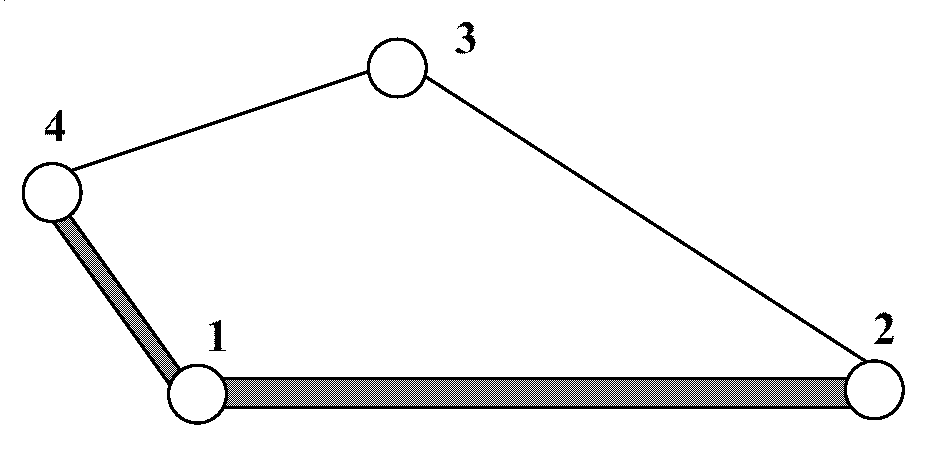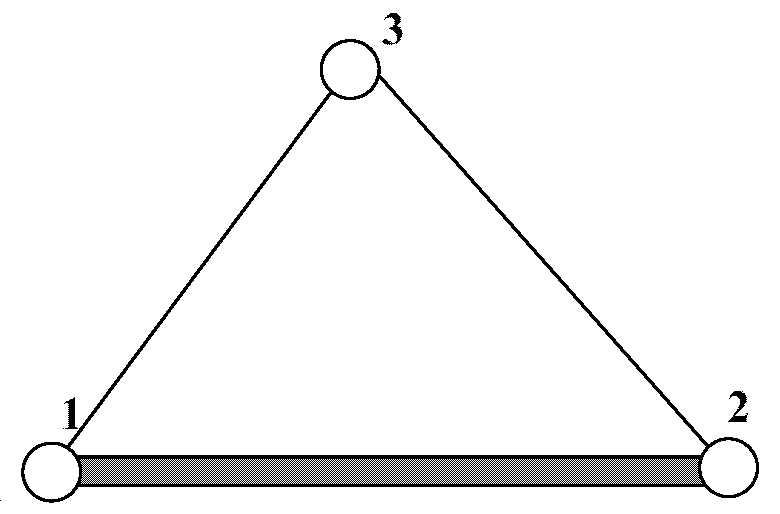Bilinear Mindlin Plate Element

Figure 1. Four Node Plate Element

Figure 2. Three Node Plate Element
Plate theory assumes that one dimension (the thickness, z) of the structure is small compared to the other dimensions. Hence, the 3D continuum theory is reduced to a 2D theory. Nodal unknowns are the velocities of the midplane and the nodal rotation rates as a consequence of the suppressed z direction. The thickness of elements can be kept constant, or allowed to be variable. This is user defined. The elements are always in a state of plane stress, that is , or there is no stress acting perpendicular to the plane of the element. A plane orthogonal to the midplane remains a plane, but not necessarily orthogonal as in Kirchhoff theory, (where ) leading to the rotations rates and . In Mindlin plate theory, the rotations are independent variables.